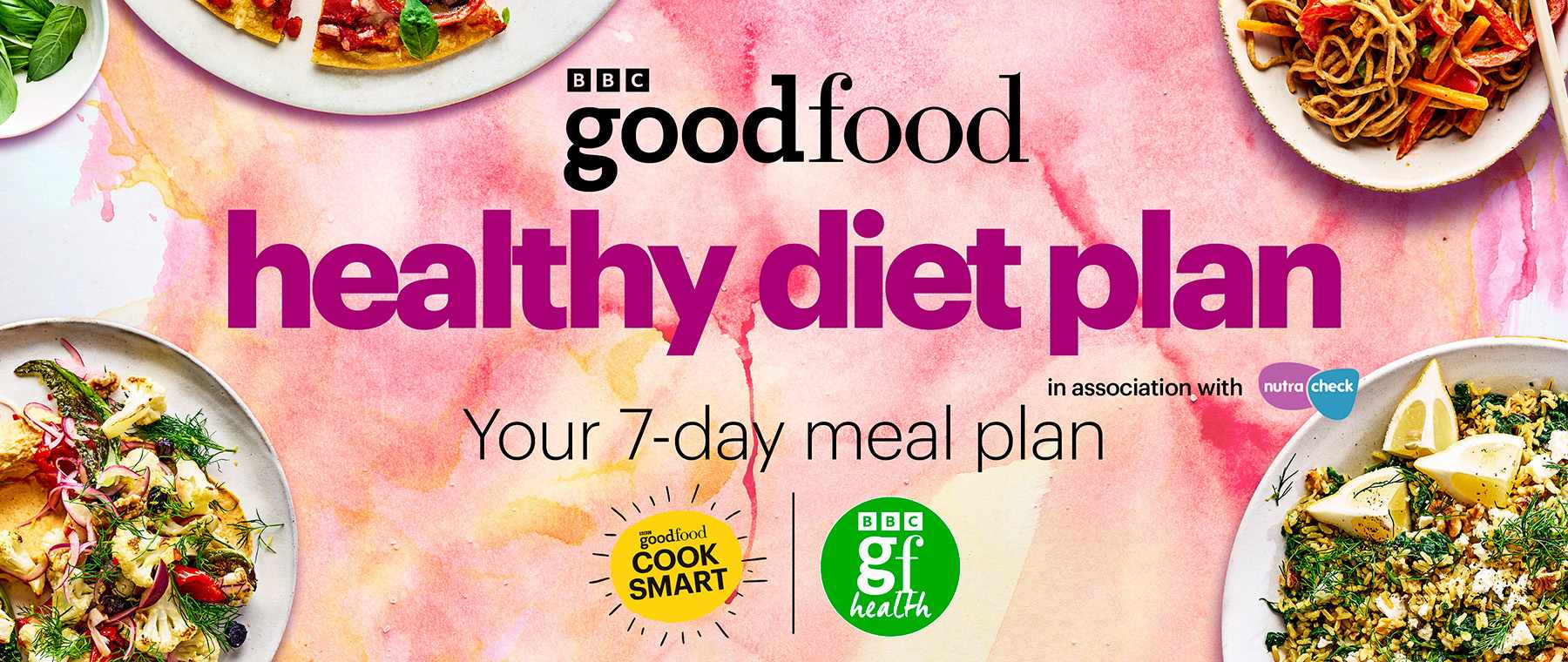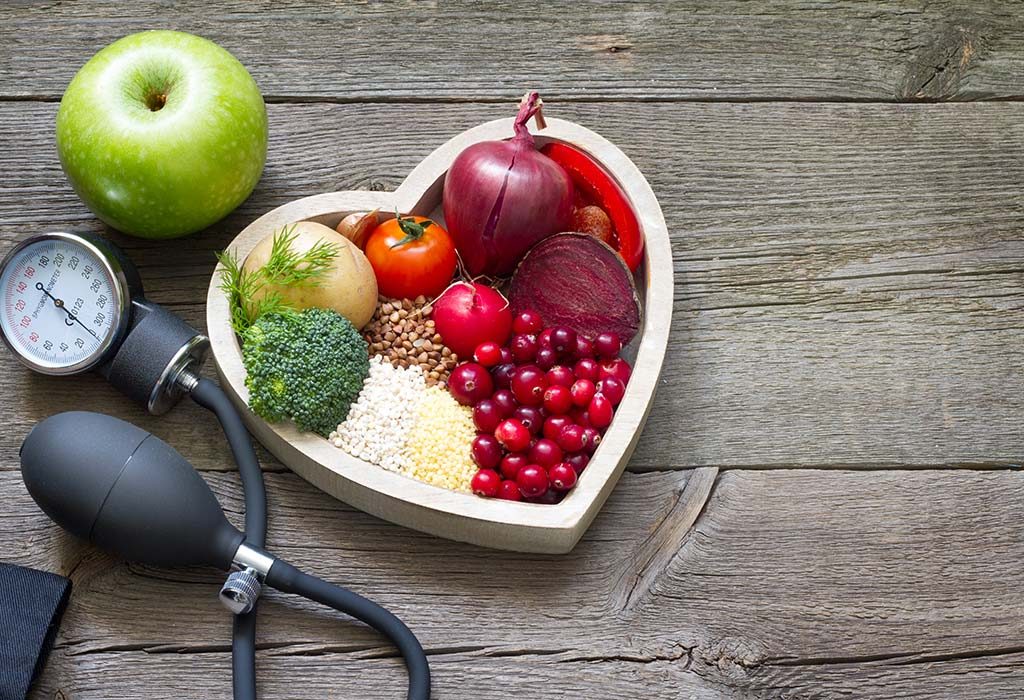
Low-fat recipes for dinner are great for staying on track whether you're trying lose weight or to control your waistline. They are low calories, yet high in flavour and easy to prepare. They are easy to make and suitable for kids.
It's easy to prepare healthy meals with the ingredients you have available. Some of the recipes are based on seasonal produce and vegetables so they will be healthy and fresh. They're also affordable and easy to make. These recipes contain less than three grams per 100 calories. That's enough to keep you satisfied and not break the bank.
Shrimp Fra Diavolo is a quick and healthy meal that's low in fat and easy to prepare. This weeknight dinner is easy and will please. This delicious dish is made with plump shrimp, in a spicy tomato salsa. It is simple to prepare, and will save you money on Sunday roasts. It's also a delicious meal for all the family.

Another great option is to prepare healthy stir fries. This is a quick dish that is high in protein and fiber. Low in calories, the sauce is also low-calorie. You can add chicken or shrimp to this dish to boost the flavour without adding much to the calorie count.
Also, you can make a healthier version. A low-fat, vegetable lasagna is an alternative to the cheese sauce. It's also possible to substitute beef for chicken. And, while you're at it, you can serve this dish with extra veggies for a complete meal. This meal is low on fat and rich in protein so it's ideal for people who are tight on their budget.
Another option is healthy fried Rice. This dish can be prepared in half the time of regular stir-fry. This recipe will require less oil and you can add more vegetables.
Make your own tomato paste. This is a healthy and delicious way to cook. This recipe is simple to make and includes a few of your favourite foods like garlic, chicken stock, flour, and other ingredients. It's also lower in fat than a jarred sauce, so it's a good choice for anyone trying to eat healthier.

A mango salad is a fun, low-fat recipe for dinner. This delicious dish comes with a honey lemon dressing. It's also packed with flavor, and it works well with salmon and pork. For a low-calorie, high-nutrient meal, you can combine this dish with baked chicken breasts.
Also, you can make a noodle dish. The recipe is simple and can be made in just five minutes. Because oil is the main ingredient in this dish, it will be important to keep track of how much you use.
FAQ
What are the five keys to a healthy diet and lifestyle?
You may have heard the saying, "you are what you eat." Well, it turns out that there is more to it than that. Healthy eating habits are made up of five essential elements.
These include eating lots of fruits and veggies, avoiding processed food, drinking lots water, exercising frequently, and limiting alcohol intake.
The first three elements are essential for overall well-being, while the second and third are crucial for maintaining weight control.
To ensure that you consume these nutrients, consider adding them to your daily meals.
Include a variety of fresh produce such as fruit, leafy greens, and whole grains in your diet. These foods contain vitamins A, C, and E, which help protect against heart disease and cancer.
Avoid processed food. This includes soft beverages, candy bars as well cookies and chips.
Eight glasses of water daily is a good way to keep your body hydrated. It prevents dehydration and keeps your metabolism in check.
An important part of a healthy lifestyle is exercise. If you do not exercise, you risk developing obesity-related diseases such as diabetes, heart disease, and stroke.
Also, try to limit your consumption of alcohol. The effects of alcohol on blood pressure, headaches, liver health, and blood sugar are all magnified by these drinks.
These tips will get you on the right track to a healthier and happier life.
How does a vegetarian diet differ from other diets.
Vegan diets are different from all other diets in that they don't include meat, dairy, eggs, or any other animal products. As such, it excludes animal products which means that vegans avoid eating milk, cheese, butter, etc.
Vegans do not eat meat or fish. Vegans are often called vegetarians.
Vegans avoid honey and gelatin as well as silk, wool, silk or feathers.
Veganism is an ethical diet based on compassion for animals, and concern for sustainability. It opposes animal products and the suffering caused by factory farming.
Veganism promotes vegetarianism. It is about reducing the consumption of animal secretions and flesh.
Vegans eat mostly plant-based foods, but some vegans eat small amounts of seafood.
Vegans are sometimes called vegetarians because they avoid meat, fish, or poultry. Vegans should avoid all animal products. This is technically true, but vegans tend to avoid eggs and dairy.
Vegans often eat less then five ounces (roughly 1/4 pound) of meat each week.
However, vegans sometimes include eggs and dairy products to supplement their protein intake. This is not a common practice.
Lacto-ovo vegans are those who eat milk products and eggs but avoid meat. They also eat some chicken, fish and shellfish. These people may be classified as vegetarians, but they strictly adhere to the vegetarian lifestyle.
Ovolacto vegetarians consume dairy products and eggs but avoid red meat. They might also eat shellfish, poultry, and fish.
Pescatarians are vegetarians who eat fish. Pescatarians have to manage their cholesterol carefully because fish is high in fat. They prefer to eat non-fried or low-fat varieties of fish.
You can further divide vegans into two categories: strict and flexible. The strict vegans abstain from all animal products including milk and eggs. Flexible vegans limit the amount of animal products that they consume. For example, they might eat one egg every few weeks or drink skimmed milk instead of whole milk.
There has been an increase in plant-based diets over the past few years. This is because health-conscious consumers are looking to lose weight and manage their diabetes. Between 2007-2010, the percentage of Americans eating a vegan diet increased 50%. Industry estimates show that the number has risen to 2.5 million people by 2016.
How much food should I eat each and every day?
Your age, gender and activity level will impact your calorie needs.
Generally speaking, adults require between 1,200 and 1,800 calories per day to maintain their current weight.
Calories are made up of carbohydrates (starchy foods), fat, and protein.
Carbohydrates are made up of glucose, fructose, and sucrose. Glucose is our primary source of energy. Fructose adds energy to the brains and nervous systems. Sucrose contains both glucose and fructose, making it easier to digest than pure glucose or fructose.
Protein is crucial for muscle building and the repair of damaged tissues. You can find protein in meat, poultry eggs, eggs, milk and cheese as well as in yogurt, soybeans, legumes and soybeans.
For good health, fat is important. Fat is essential for maintaining good health. It keeps you fuller longer, provides vitamins and minerals like vitamins A, E and D and K, as well as omega-6 fatty acids and monounsaturated oils.
Fat also protects against cardiovascular diseases, high cholesterol, and many cancers.
Experts recommend consuming no more that 30% of your total calories from saturated oils.
However, no evidence reducing saturated fat will lower your risk of developing cardiovascular disease.
Healthy diets should have 20-35% of daily calories from carbs, 10%-35% for protein, and 35%-50% for fat.
What are the 3 most dangerous foods for cardiologists?
Cardiology doctors recommend avoiding these three foods because they contain too much cholesterol and saturated fat.
The American Heart Association recommends limiting dietary intake of trans fats found in margarine and partially hydrogenated oils. Trans fats can raise LDL cholesterol levels, and lower HDL (good), cholesterol. High levels of LDL cholesterol are linked to high blood pressure and heart disease.
Consuming high-fat dairy items such as cream cheese, butter or ice cream can raise cholesterol levels. Dairy products may cause an allergic reaction in some individuals.
LDL cholesterol levels are higher in saturated fat than they are in HDL cholesterol. Saturated oil can be found in red meats, poultry, full fat dairy products, palm oil and coconut oil. Consuming too much of it can cause health problems.
Reduce or eliminate animal products could help improve your cardiovascular health.
Simply changing the type of food you eat will reduce your chances of having heart attacks.
It's never too early to make positive life changes. Before you start any diet, consult your doctor.
What is the 40 30 30 diet plan?
The 403030 Diet Plan can help you lose weight quickly and keep it off for the rest of your life. The program combines three powerful strategies to help you lose fat more quickly and keep your hunger under control.
This program contains:
-
You can keep a detailed food journal that will allow you to track your daily calorie intake as well as identify hidden foods that may be hindering your efforts.
-
This exercise program combines strength training with cardio exercises in order to increase metabolism and lose body fat.
-
Your results will determine the nutrition plan that you should follow.
Weekly emails will be sent to you with tips and motivation so that you can continue your journey towards better health.
Other than unwanted pounds, you have nothing to loose!
What is the healthiest drink in the world?
The best and most healthy beverage in the world is not what we are looking for. Some drinks are better for you than water, but they're not the best.
The simple answer is that the best drink you enjoy is the one you drink. We mean our favorite drink when we ask the question "What is your healthiest drink?"
This is why it shouldn't surprise us that the answer to this question varies based on where you are located. Even within the same country, there is a wide range of answers.
Green tea is the preferred choice in Japan while coffee wins in New Zealand. While milkshakes are popular in India, beer reigns supreme in Australia.
In summary, it doesn't make a difference which is the healthiest because everyone has a preference.
It matters if the beverage is healthy. But again, the definition of healthy differs greatly from person to person.
While one person might find wine unhealthful, another person might find it perfectly acceptable. A glass of red wine and a slice of cake may be unhealthy for someone else, but it may be perfect for another.
There is no universal definition of healthiness. Even more, there is not one universal way to measure healthiness.
Therefore, we cannot say that one drink is healthier than another. We cannot make such a statement without knowing how much alcohol is contained in each drink.
Even if this was known, the amount of alcohol we consume will still pose a problem. A white wine is far less caloric than a red wine.
While we can compare different beverages on the basis of their calorie contents, we cannot assert that one beverage has more health benefits.
We could try to come up with a formula to calculate the percentage of alcohol in each beverage. This would not consider the alcohol's composition, but only the amount.
Even if this were possible, it would be difficult to determine the exact composition of every beverage. This information is not always accessible.
Some restaurants won't reveal the ingredients of their food, for example. Some people don’t want anyone to know what they eat.
But the bottom line is that we cannot tell which drink is healthier.
Statistics
- For example, a review of 45 studies found that people who followed a WW diet lost 2.6% more weight than people who received standard counseling (26Trusted Source (healthline.com)
- Recommendation Saturated fat is less than 6% of total daily calories. (mayoclinic.org)
- Overall (tie) Whole30 lacks scientific support and is severely restrictive, according to the experts. (health.usnews.com)
- The ideal amount of protein at breakfast is about 30 grams, according to a 2018 review by nutrition researchers at Purdue University. (prevention.com)
External Links
How To
What is the best diet for you?
A diet based on only raw vegetables and fruit is the best way of eating. There's more to life than just food.
Although you may not be aware of it, you have many things going for you. Your mind and your body are capable of amazing feats.
If you throw them away, they won't work for you. Give yourself the best tools for success.
Eating less junk food is the best way to do this. That means eliminating processed foods and refined sweeteners.
Instead, focus on whole grains, fruits, and veggies. These are the basic building blocks of a healthy life style.
There is also a great deal of knowledge out there regarding nutrition. You can find information in books, websites, and apps about how to maintain a healthy diet.
These resources can help you make informed decisions about what food to eat.
Remember that nutrition isn't just about what goes in your mouth. It also includes what happens in your head.
Healthy mindsets help you stay motivated and focused. This is essential because it helps you avoid falling for temptations like unhealthy food.
This is your workout routine. Exercise regularly and you won't reach to the chip bag after dinner.
When you train your mind and body, you create a habit that will stick with you forever.
This is exactly why diets don't work. They don't last long because people revert to their old habits.
It's easy to lead a healthier lifestyle once you get started.
You'll no longer crave those empty calories or feel guilty after eating them. Instead, you'll feel energized and full of energy.